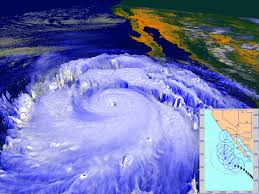Introduction
According to the IPCC 6 report, the international community has twelve years to mitigate the effects of climate change to avert the rise of the average global temperature by two degree Celsius. Evidence cited for global climate change includes changes in the carbon cycle, reduction in the permafrost, and sea level rise. One measure to mitigate the propensity to contribute to global warming through human activity is a proposed dividend plan as outlined by the Citizens Climate Lobby. Through this proposal, a fee would be implemented on the use of fossil fuels as opposed to a tax. However, the collection of those funds would be paid out in the form of dividends to citizens. The premise of this proposal is based on the presumed costs of pollution due to health risks and the possible reduction of vital resources to support quality of life. However, is such a proposal is viable, the question is ” How do you quantify such costs?”
The Effects on Health
Air pollution has been related to gas emissions and chronic diseases such as heart disease and those of the lung. In fact, a study predicted that approximately 2.5 million cases of noncommunicable diseases attributable to air pollution are predicted to occur by 2035 if current levels of particulate matter persist. Given the economic cost of Cardiovascular disease is 317 billion per year, the cost could consume a higher percentage of the US Economy. Moreover, rising sea levels and flooding gives rise to conditions for insect-borne infections such as Lyme Disease and the West Nile Virus. With such contamination to food supply and natural resources, increase migration to more stable regions is bound to increase.
The Effects on Migration and Availability of Resources
According to “Inside Climate News” and the Government Accountability Office, the estimates of people migrating due to climate change vary widely although 244 million people are estimated to be international migrants and 740 million are estimated to be migrants within their own country. According to this same article, as of 2008 an average of 25.3 million people has been displaced annually more so due to natural disasters as opposed to violence. To date, the US has issued no policies regarding such population shifts that could destabilize regions from which those who immigrate in addition to potential strains on resources.
Conclusion
While a proposed dividend plan or even a carbon tax could disincentivize the propensity to pollute, whether such efforts can divert an increase in global temperature without an energy policy is questionable. It is only through the education of the public that such uncertainty can be addressed.












